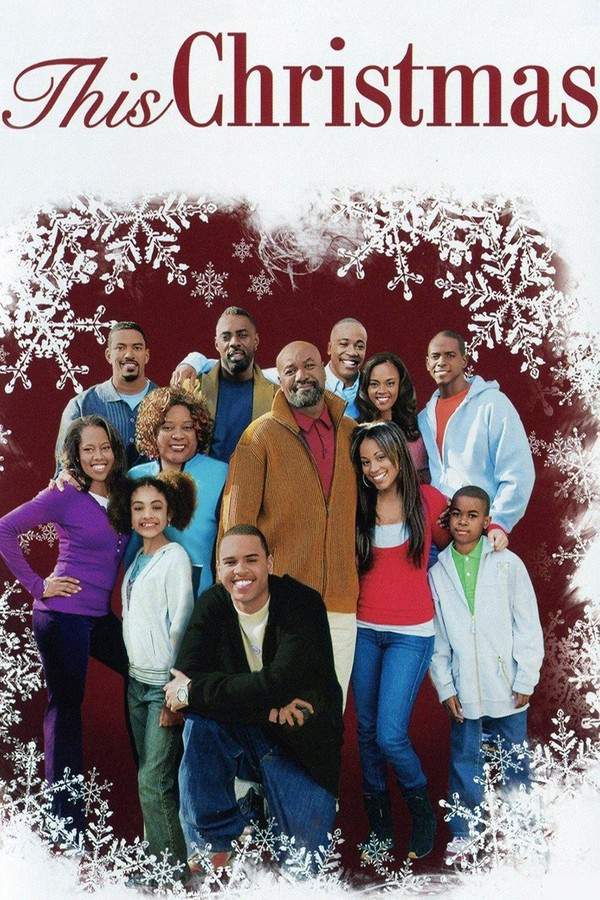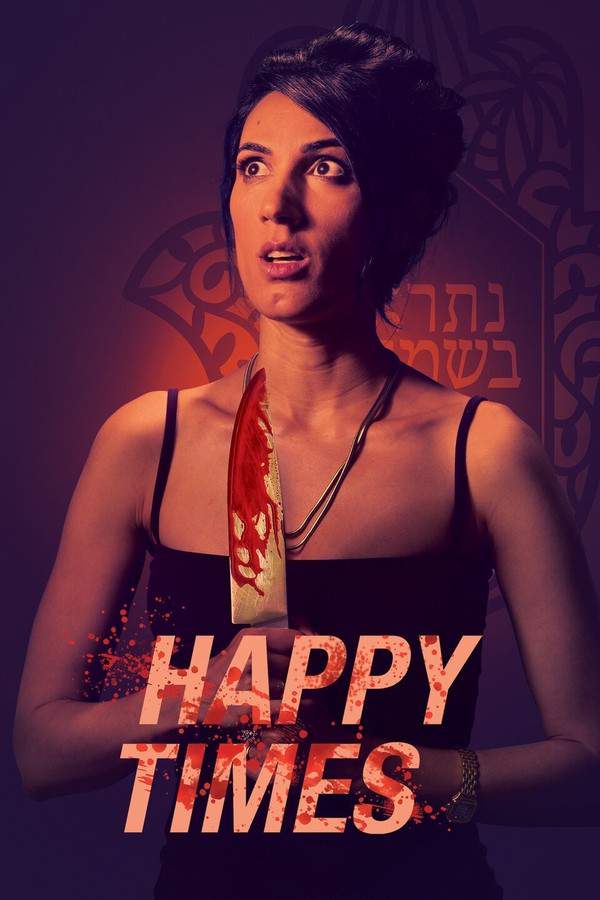
This Happy Breed
Year: 1944
Runtime: 115 mins
Language: English
Director: David Lean
In 1919, Frank Gibbons returns from army duty and settles with his wife Ethel, his overbearing mother‑in‑law Mrs. Flint, sister‑in‑law Sylvia and their three children in a modest suburban row house. Over the ensuing years, the family’s routine of squabbles and reconciliations is punctuated by strikes, celebrations and even the outbreak of another world war, painting a sweeping portrait of domestic life.
Warning: spoilers below!
Haven’t seen This Happy Breed yet? This summary contains major spoilers. Bookmark the page, watch the movie, and come back for the full breakdown. If you're ready, scroll on and relive the story!
Timeline & Setting – This Happy Breed (1944)
Explore the full timeline and setting of This Happy Breed (1944). Follow every major event in chronological order and see how the environment shapes the story, characters, and dramatic tension.
Last Updated: October 04, 2025 at 15:46
Main Characters – This Happy Breed (1944)
Meet the key characters of This Happy Breed (1944), with detailed profiles, motivations, and roles in the plot. Understand their emotional journeys and what they reveal about the film’s deeper themes.
Last Updated: October 04, 2025 at 15:46
Major Themes – This Happy Breed (1944)
Explore the central themes of This Happy Breed (1944), from psychological, social, and emotional dimensions to philosophical messages. Understand what the film is really saying beneath the surface.
Last Updated: October 04, 2025 at 15:46
Unlock the Full Story of This Happy Breed
Don't stop at just watching — explore This Happy Breed in full detail. From the complete plot summary and scene-by-scene timeline to character breakdowns, thematic analysis, and a deep dive into the ending — every page helps you truly understand what This Happy Breed is all about. Plus, discover what's next after the movie.
This Happy Breed Summary
Read a complete plot summary of This Happy Breed, including all key story points, character arcs, and turning points. This in-depth recap is ideal for understanding the narrative structure or reviewing what happened in the movie.

Similar Movies to This Happy Breed
Discover movies like This Happy Breed that share similar genres, themes, and storytelling elements. Whether you’re drawn to the atmosphere, character arcs, or plot structure, these curated recommendations will help you explore more films you’ll love.
Explore More About Movie This Happy Breed
This Happy Breed (1944) Plot Summary & Movie Recap
This Happy Breed (1944) Scene-by-Scene Movie Timeline
This Happy Breed (1944) Spoiler-Free Summary & Key Flow
Movies Like This Happy Breed – Similar Titles You’ll Enjoy
This Christmas (2007) Detailed Story Recap
Happy Times (2002) Film Overview & Timeline
Private Peaceful (2014) Story Summary & Characters
Happy Man (2000) Plot Summary & Ending Explained
Happy as one (2006) Detailed Story Recap
Happy Family (2006) Detailed Story Recap
We Think the World of You (1988) Plot Summary & Ending Explained
So Big! (1932) Ending Explained & Film Insights
Green Dolphin Street (1947) Full Summary & Key Details
Spring and Port Wine (1970) Film Overview & Timeline
Digging to China (1997) Complete Plot Breakdown
In This Our Life (1942) Detailed Story Recap
Happy Land (1943) Detailed Story Recap
Long Day’s Journey Into Night (1962) Plot Summary & Ending Explained
Our Vines Have Tender Grapes (1945) Plot Summary & Ending Explained

















